 Would you go through a nightmare to make a dream come true?  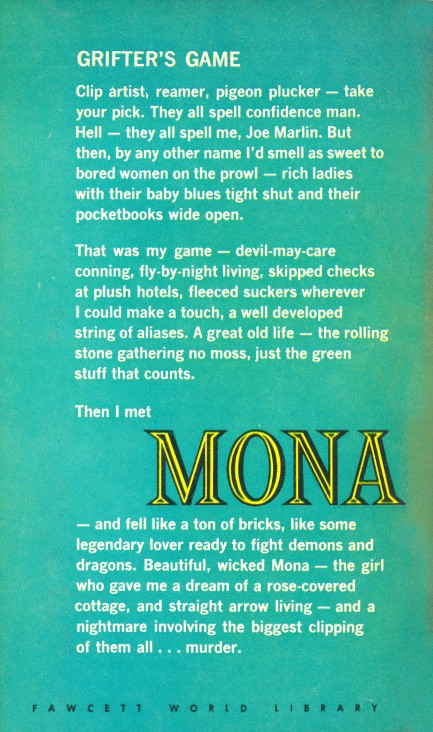
Lawrence Block's 1961 novel Mona, which has also been published as Grifter's Game and Sweet Slow Death, is the old classic: a husband, a wife, and a lover talked into murder. The suspension of disbelief test here comes at the outset, when longtime grifter Joe Marlin steals a suitcase that happens to contain a fortune in heroin, then accidentally meets and starts an affair with the eponymous sexpot Mona, who's married to the suitcase's owner. Quelle coïncidence. Or not. Marlin has lived by wits and deceit for a long time, and his instincts scream for him to gallop out of town with the horse. Instead he braves organized crime retribution because he's fallen in love. Dames'll be your ruin every time. Good stuff from Block, fast and fun, with a crisp twist at the end. The cover art on this Gold Medal edition is uncredited.
 Monroe goes for a joy ride and bums out fifty-one women. 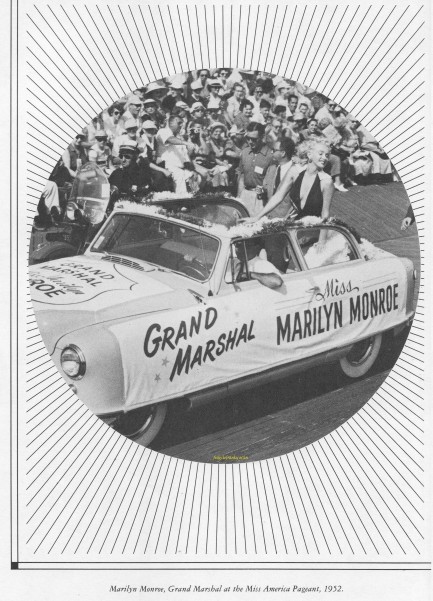
Above is a page from the Japanese celeb magazine Roadshow of Marilyn Monroe having a laugh in the rear of a convertible while acting as Grand Marshall of The Miss America Pageant. The one she headlined was the 1952 event, held in Atlantic City today that year. You'd think all the contestants would have resigned dejectedly after getting a glimpse of their marshall, who was 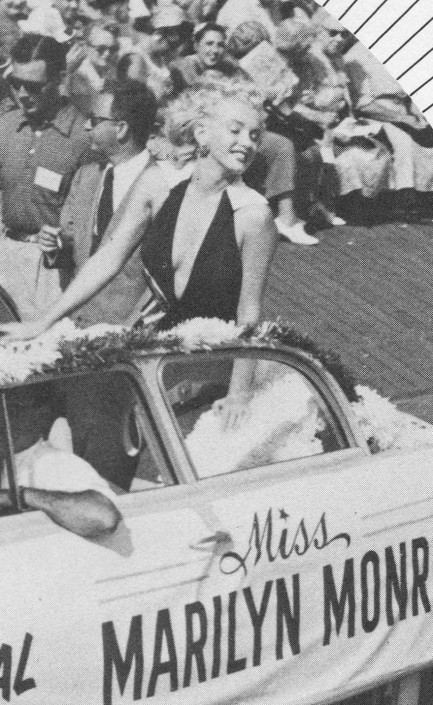 pre-superstardom but was still Marilyn Monroe, yet the pageant actually went on and was won by Neva Jane Langley of Georgia. pre-superstardom but was still Marilyn Monroe, yet the pageant actually went on and was won by Neva Jane Langley of Georgia. A lot of websites get that last fact wrong, which we think is because of Wikipedia. There the pageant winners are listed according to the year they served, not the year they competed. Since the contests were held the previous summer or autumn to choose the upcoming year's queen, most sites say Colleen Kay Hutchins won the pageant Monroe marshalled. Nope. It was Langley, who beat out contestants from all forty-eight states, plus Alaska, Hawaii, and Puerto Rico. There she is below wearing her sash, which says 1953, for her reign beginning the first of the next year. But even in victory she's probably thinking, Now that I've seen Marilyn I'm going to lock myself in a cellar for sixteen months and have someone feed me through a slot in the door. 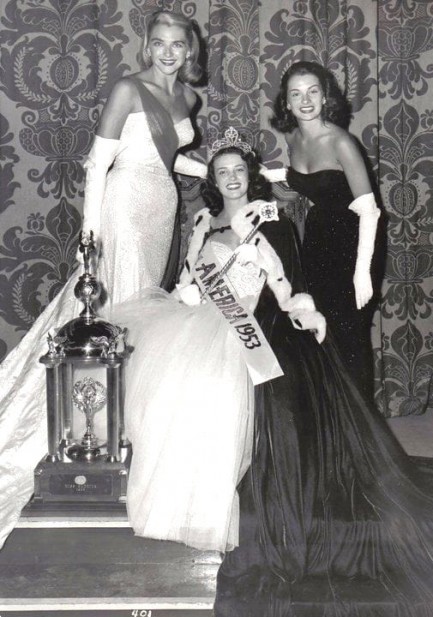
 Under the circumstances he has no choice but to drink. 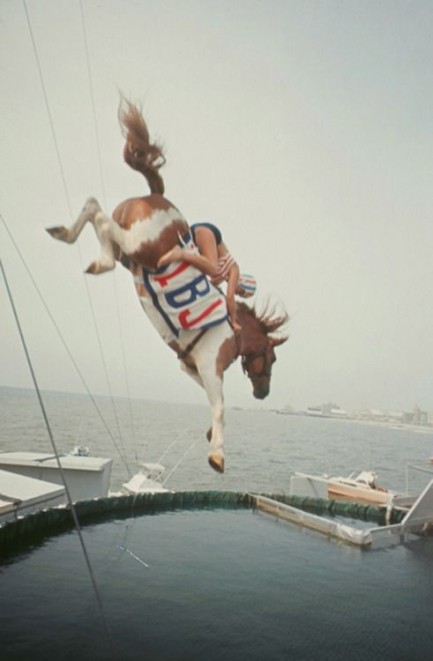
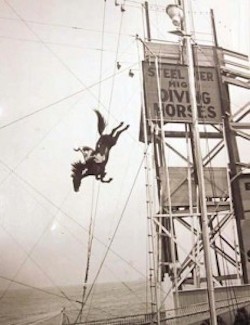 In the photo at top, sometime during the summer of 1964, a woman at a stunt show in Atlantic City jumps with a horse sporting an LBJ political banner into a tank of water. The leap took place at Steel Pier, and the height, though not discernible in either shot, was about sixty feet. In the photo at top, sometime during the summer of 1964, a woman at a stunt show in Atlantic City jumps with a horse sporting an LBJ political banner into a tank of water. The leap took place at Steel Pier, and the height, though not discernible in either shot, was about sixty feet. The horse diving attraction at Steel Pier thrilled and appalled onlookers from 1928 into the 1970s. Some accounts claim the specially trained horses learned to enjoy diving so much they often took off before a rider could get mounted. While we don't doubt some horses took off unmounted, the assumption they did it because they loved flying through empty space to an aquatic impact is a bit of a leap, so to speak. One thing's certain, though. The LBJ horse definitely wasn't happy that day—he was a Goldwater supporter.
 In a place like Atlantic City there's always one more chance. 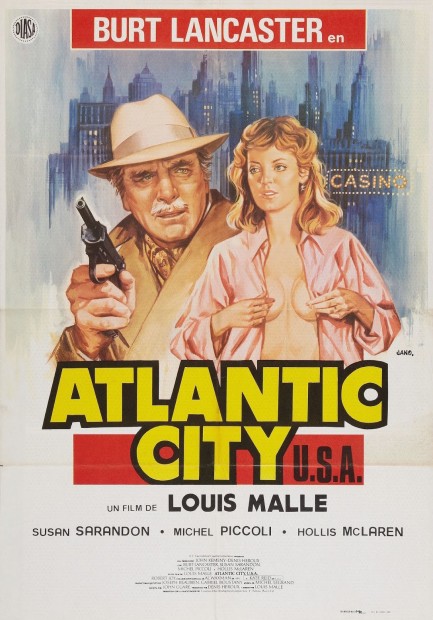
The poster you see above was painted by the Spanish artist Francisco Fernandez Zarza-Pérez, who signed his work as Jano. As you can see, it was to promote Louis Malle's drama Atlantic City, U.S.A. Most sites call the film just Atlantic City, but we're going with what the opening credits called it. Though the movie starred U.S. performers and tends to be thought of as an American effort, it was French produced and premiered all over Europe in 1980 before reaching the States in 1981. It opened in Spain today in 1980 and tells the story of a sixty-something minor crook who finds himself involved with twenty-something hustlers and their sale of stolen drugs. Circumstances place both the party favors and the profits in his hands, and he suddenly has a chance to be the big time mobster he never was.
Not only did Atlantic City, U.S.A. win the Golden Lion at the Venice Film Festival, it's one of the few movies to be nominated for all five major Academy Awards—Best Actor (Burt Lancaster), Best Actress (Susan Sarandon), Best Director, Best Picture, and Best Screenplay. With a résumé like that we don't have to tell you the movie is good. Watch it. You'll like it. The woman on the poster, by the way, looks nothing like Susan Sarandon, but it was early in Sarandon's career, and we suspect Jano wasn't too invested in getting her likeness correct. It was within his capability, certainly—his Lancaster looks great. We don't know why he got Sarandon wrong. Considering how famous she eventually became, we have a feeling he wished he'd done better.   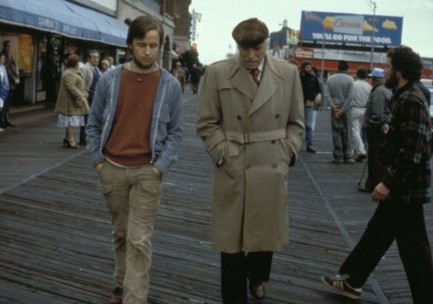 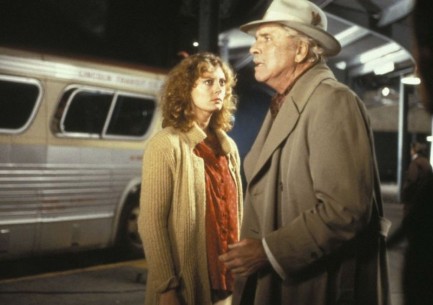 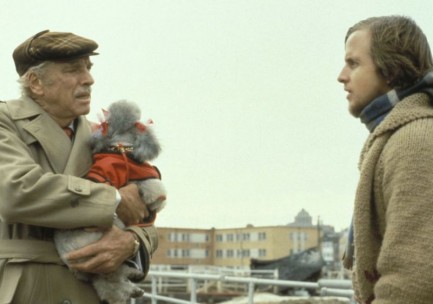  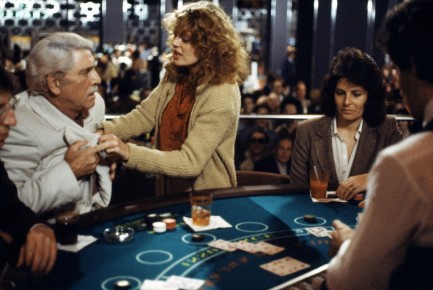 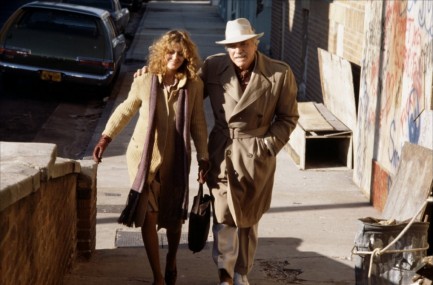 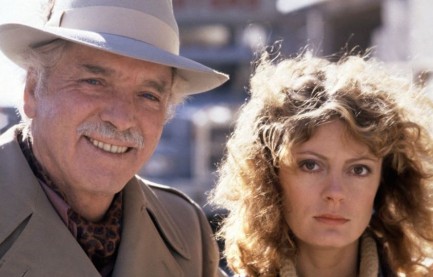
 Monroe steps out for the adoring masses. 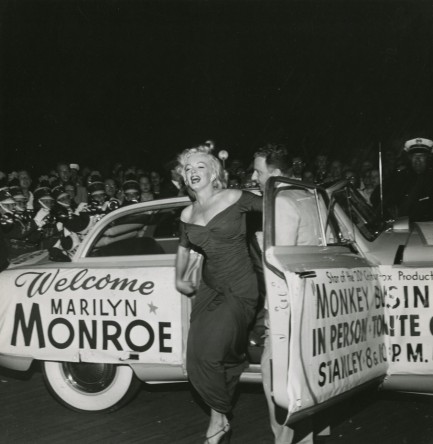 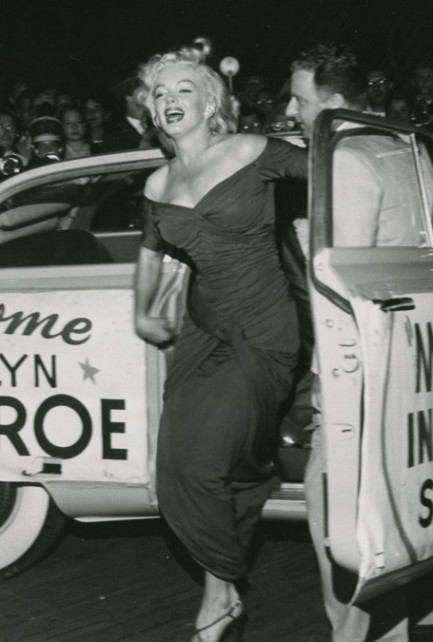
Marilyn Monroe appears before movie fans at the U.S. premiere of her comedy Monkey Business, which took place at the Stanley Theater in Atlantic City, New Jersey, today 1952.
 Meet me tonight in Atlantic City. 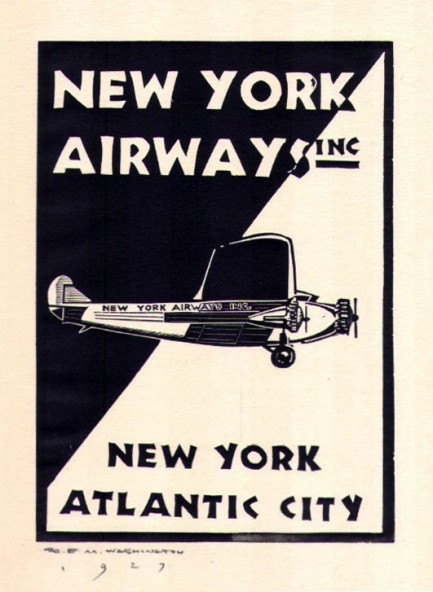
A while back we showed you a woodcut print commemorating New York City’s famed Cotton Club. In that same batch was another choice item—a print celebrating New York Airways, Inc., a fledgling airline that operated out of the Big Apple starting in 1927. It was bought by Pan Am in 1928, continued to offer service to Atlantic City, but was finally dissolved in 1931. In case you’re wondering why any airline would run regular service to Atlantic City, we suggest you watch Boardwalk Empire. Basically, what was once a beachside resort town had become a den of vice and gambling, a place where Prohibition was loosely enforced, if at all. Its official nickname was “The World’s Playground.” But as always, the players eventually went elsewhere. Why? The print offers a clue. Atlantic City boomed thanks to rail service, a form of travel that was slow and taxing, prompting many visitors to spend a week or two in town before climbing back aboard another train. With the advent of commercial air travel, visitors could arrive in town in reasonably good shape, stay a night or two, and leave. The loss of revenue triggered a decline—exacerbated by other factors—from which Atlantic City never recovered. But this print is a reminder that, once upon a time, the Jersey Shore was the place to be.
|
 |

The headlines that mattered yesteryear.
2003—Hope Dies
Film legend Bob Hope dies of pneumonia two months after celebrating his 100th birthday. 1945—Churchill Given the Sack
In spite of admiring Winston Churchill as a great wartime leader, Britons elect
Clement Attlee the nation's new prime minister in a sweeping victory for the Labour Party over the Conservatives. 1952—Evita Peron Dies
Eva Duarte de Peron, aka Evita, wife of the president of the Argentine Republic, dies from cancer at age 33. Evita had brought the working classes into a position of political power never witnessed before, but was hated by the nation's powerful military class. She is lain to rest in Milan, Italy in a secret grave under a nun's name, but is eventually returned to Argentina for reburial beside her husband in 1974. 1943—Mussolini Calls It Quits
Italian dictator Benito Mussolini steps down as head of the armed forces and the government. It soon becomes clear that Il Duce did not relinquish power voluntarily, but was forced to resign after former Fascist colleagues turned against him. He is later installed by Germany as leader of the Italian Social Republic in the north of the country, but is killed by partisans in 1945.
|

|
|

It's easy. We have an uploader that makes it a snap. Use it to submit your art, text, header, and subhead. Your post can be funny, serious, or anything in between, as long as it's vintage pulp. You'll get a byline and experience the fleeting pride of free authorship. We'll edit your post for typos, but the rest is up to you. Click here to give us your best shot.

|
|





 pre-superstardom but was still Marilyn Monroe, yet the pageant actually went on and was won by Neva Jane Langley of Georgia.
pre-superstardom but was still Marilyn Monroe, yet the pageant actually went on and was won by Neva Jane Langley of Georgia.


 In the photo at top, sometime during the summer of 1964, a woman at a stunt show in Atlantic City jumps with a horse sporting an LBJ political banner into a tank of water. The leap took place at Steel Pier, and the height, though not discernible in either shot, was about sixty feet.
In the photo at top, sometime during the summer of 1964, a woman at a stunt show in Atlantic City jumps with a horse sporting an LBJ political banner into a tank of water. The leap took place at Steel Pier, and the height, though not discernible in either shot, was about sixty feet.



















































































